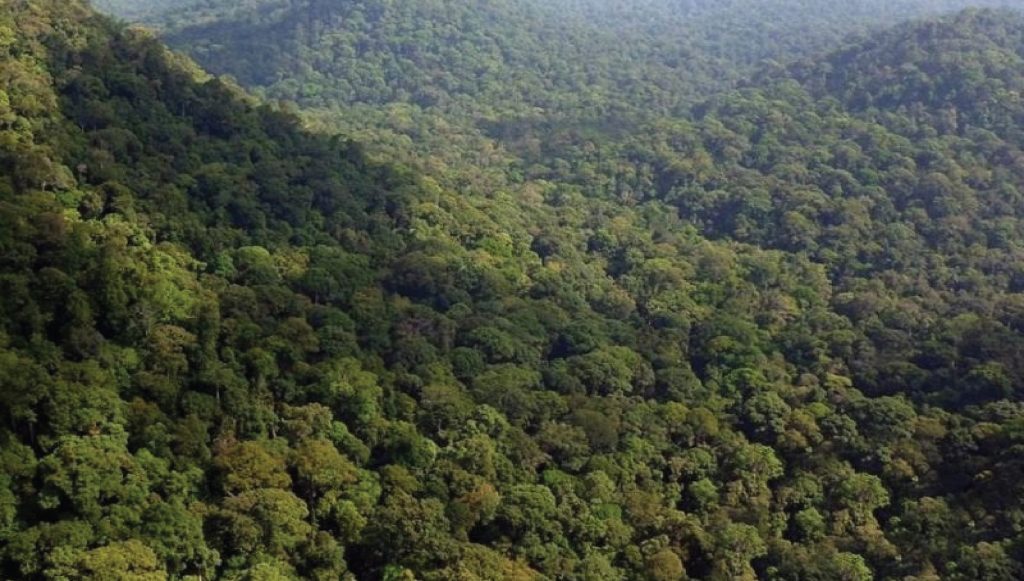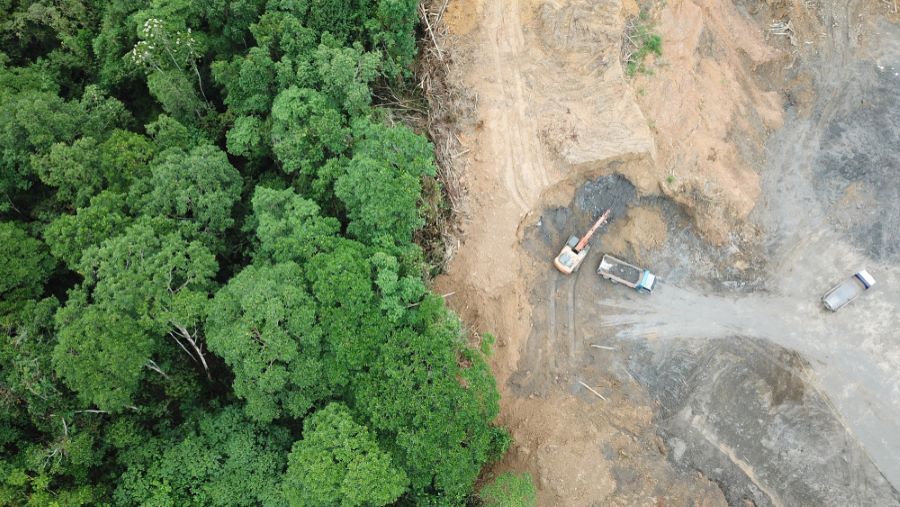Malaysia is one of the leading palm oil producers worldwide and has been criticised for deforestation and its impact on wildlife. That criticism can be correlated to human-animal conflict since deforestation caused by the expansion of oil palm plantations has led to the destruction of wildlife habitats, resulting in increased human-animal conflict.
However, it is important not to blame oil palm production for deforestation since Malaysia has stopped expanding its oil palm plantations for quite some time while other neighbouring countries haven’t.
One of the main causes of the increasing worry about human-animal conflict is habitat loss brought on by human activities like urbanisation and agriculture. Elephant and tiger habitats have fragmented and degraded since natural forests were turned into oil palm plantations, raising the possibility of unfavourable encounters between people and these creatures. Aside from elephants and tigers, macaques have also been known to invade oil palm fields, harming crops and destroying property.
Addressing human-animal conflict in Malaysia will require a multi-faceted approach that includes habitat restoration, public education, and the implementation of deterrents such as electric fences and noise devices. It must also be committed to sustainable development that balances economic growth with environmental conservation.
In Malaysia, human-animal conflict is often associated with elephants, tigers, and macaques. Elephants and tigers are threatened species and human development often encroaches upon their habitat. Macaques are often found in urban areas and may raid crops or cause property damage.
To combat this issue, the Malaysian Palm Oil Council (MPOC) has developed several approaches to manage the concern about deforestation and engage in open dialogue about the impact of the oil palm industry.
One of the things mentioned in the initiatives includes an investment in research and development to improve oil palm yields and reduce the environmental impact of plantations. It includes exploring alternative feedstocks and developing more efficient processing technologies.
In 2019, the Malaysian Palm Oil Green Conservation Foundation (MPOGCF) actively supported conservation efforts and promoted sustainable palm oil practices. One of the initiatives includes habitat restoration projects where the foundation supports the restoration of degraded land and the creation of wildlife corridors to mitigate the impact of past deforestation.

By highlighting these initiatives, we can demonstrate MPOC’s commitment to addressing environmental concerns and promoting responsible palm oil production. This effort provides a more balanced perspective on the industry and its efforts to engage in constructive dialogues.
What steps are the Malaysian government taking to address this issue? The Malaysian government has put into place a number of strategies to deal with conflicts between people and animals, including creating wildlife corridors to link fragmented habitats, relocating problem animals, and using deterrents like electric fences and noisemakers. The government has supported public education and awareness programs to lessen unfavourable encounters between people and animals.
This issue is complex and requires a multi-faceted approach to address. Education and habitat restoration are important, as well as implementing deterrents like electric fences and noise devices. It’s also important to balance economic growth with environmental conservation.
It’s also important to involve local communities in conservation efforts and provide them with alternative livelihoods that do not rely on activities contributing to habitat loss. It’s vital to involve stakeholders from all sectors, including government, industry, and civil society, in a collaborative effort to address human-animal conflict in Malaysia. This effort will require a commitment to finding sustainable solutions that balance the needs of people and wildlife.
Another important aspect of addressing human-animal conflict is the need for effective monitoring and evaluation of conservation efforts, which MPOC also does. This exercise will check to see if treatments are having the expected effect and are being executed in a way that will be sustainable over time.
An essential component of our ecology is wildlife. Wildlife is essential for pollination, seed dissemination, and pest management. The loss of wildlife habitats can significantly impact the ecosystem and the environment, which, in turn, can impact human health and well-being. It’s critical to understand how our actions affect wildlife habitats and to take precautions to save them. Though it’s challenging, we may try to balance environmental preservation and economic growth in several ways. Promoting sustainable development, which considers the requirements of both the economy and the environment, is one strategy.




